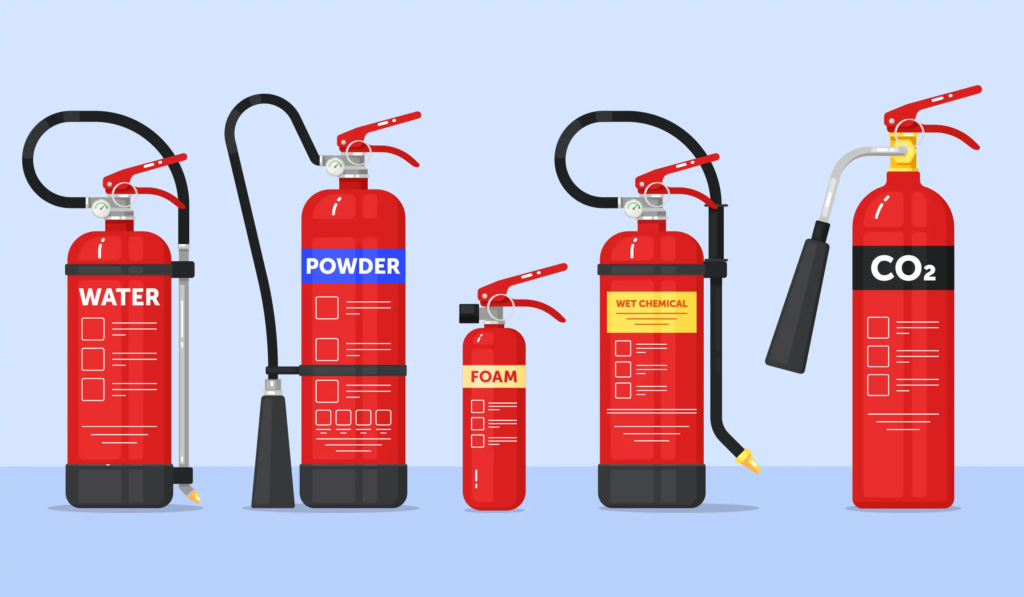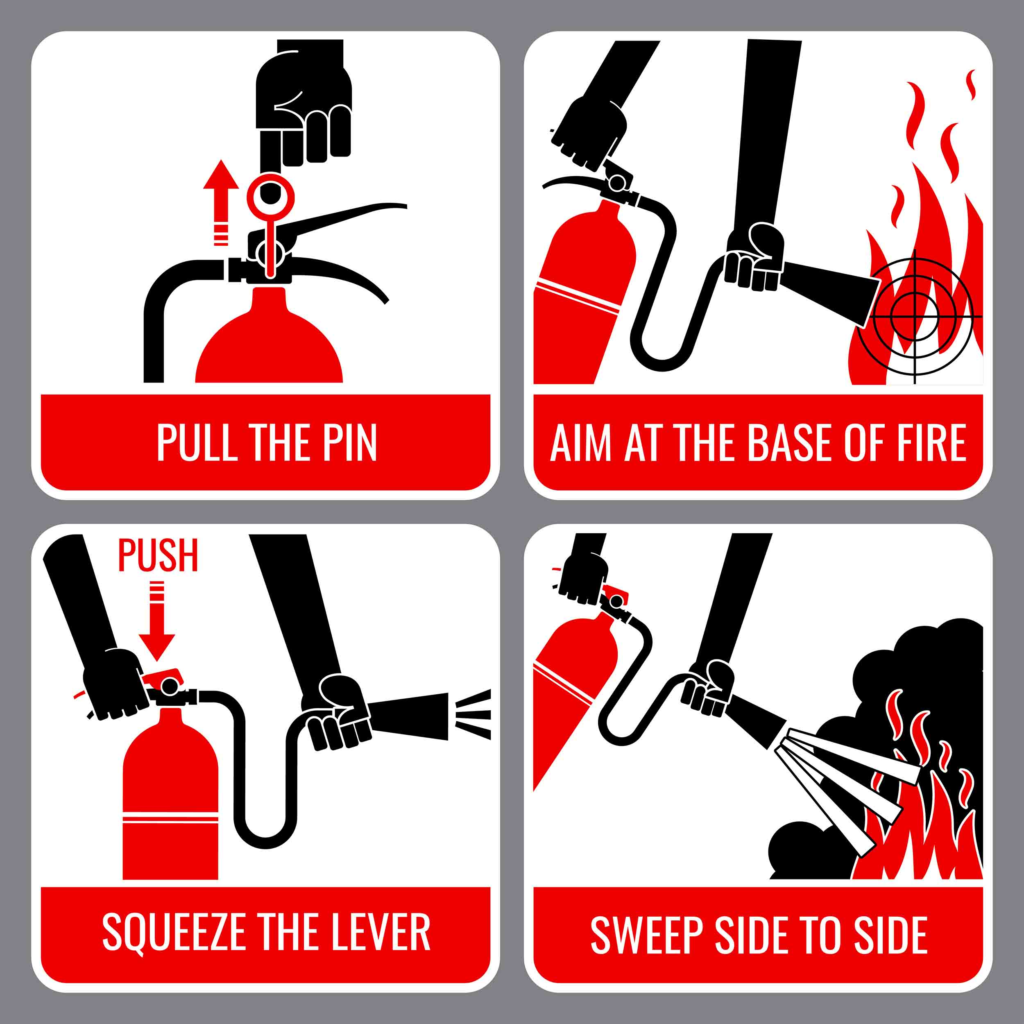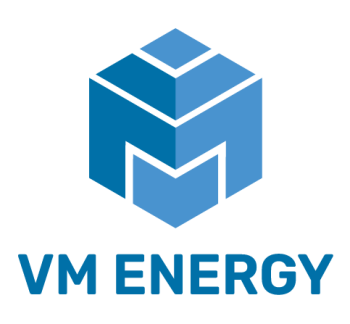Fire extinguishers are vital tools in fire safety, offering the first line of defense against small fires before they escalate into major hazards. Understanding their types, operational standards, and industrial applications is essential for ensuring safety in any environment.
What is a Fire Extinguisher?
A fire extinguisher is a portable device designed to extinguish small fires in emergencies. It works by applying an extinguishing agent that eliminates one or more elements of the fire triangle: heat, fuel, and oxygen. These devices are an integral part of active fire protection systems in homes, offices, and industrial facilities.

Types of Fire Extinguishers
Fire extinguishers are categorized based on the type of fire they are designed to combat. Each type is labeled with a class that corresponds to specific fire hazards:
- Class A: For ordinary combustibles like wood, paper, and textiles. These extinguishers use water or foam to cool and smother the fire.
- Class B: For flammable liquids such as gasoline, oil, and paints. These typically use carbon dioxide (CO2) or dry chemicals.
- Class C: For electrical fires caused by energized electrical equipment. CO2 and dry chemical extinguishers are commonly used as they don’t conduct electricity.
- Class D: For flammable metals like magnesium, titanium, and sodium. These fires require dry powder extinguishers specifically designed for metal fires.
- Class K: For kitchen fires involving cooking oils and fats. Wet chemical extinguishers are used to cool the fire and form a barrier to prevent re-ignition.
Fire Extinguisher Standards
Adherence to standards ensures that fire extinguishers meet safety requirements and function effectively when needed. Key standards include:
- NFPA 10: Outlines the standards for portable fire extinguishers, covering installation, inspection, maintenance, and recharging.
- UL Rating: Indicates the size and effectiveness of the extinguisher for specific fire types.
- OSHA Requirements: Specifies the placement and use of extinguishers in workplaces to ensure employee safety.
- EN3 Standards: Used in Europe, these define the classification, performance, and marking of portable fire extinguishers.
Fire Extinguishers for Industrial Use
Industries face unique fire risks based on their operations. Below are key requirements for fire extinguishers in industrial settings:
- Risk Assessment: Industries must evaluate potential fire hazards to determine the types and quantities of extinguishers needed.
- Placement: Extinguishers must be easily accessible. NFPA 10 recommends:
- One extinguisher for every 3,000 square feet of area.
- Placement within 75 feet of travel distance for Class A hazards.
- Placement within 50 feet for Class B hazards.
- Inspection and Maintenance: Regular inspections and servicing are mandated to ensure extinguishers are operational. This includes monthly visual inspections and annual professional maintenance.
- Specialized Extinguishers: Industries handling flammable metals or oils must use Class D or K extinguishers tailored to these hazards.
How to Operate a Fire Extinguisher
Using a fire extinguisher is straightforward if you remember the PASS technique:

- Pull: Pull the safety pin to unlock the extinguisher.
- Aim: Aim the nozzle at the base of the fire.
- Squeeze: Squeeze the handle to release the extinguishing agent.
- Sweep: Sweep the nozzle from side to side at the base of the fire until it is completely out.
Always ensure you:
- Assess the size and type of fire before attempting to extinguish it.
- Maintain a safe exit route in case the fire escalates.
- Call emergency services immediately, even if the fire seems controlled.
Fire extinguishers are indispensable for fire safety in both residential and industrial environments. Understanding the types, standards, and proper operation of these devices can make a critical difference in emergency situations.
Volt Mills Energy Limited offers a range of high-quality fire extinguishers compliant with global standards, tailored to meet the specific needs of industries in Bangladesh. Visit our website at www.voltmillsenergy.com to explore our fire safety solutions and ensure your premises are equipped for fire emergencies.


